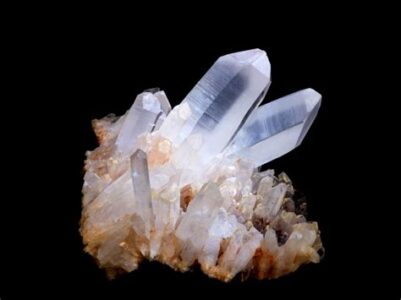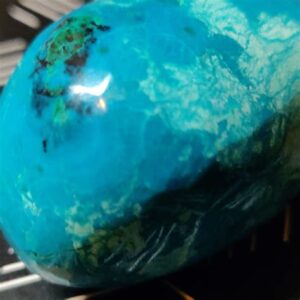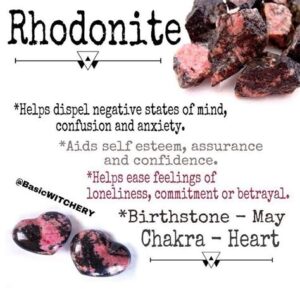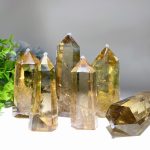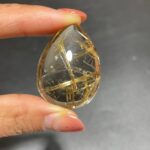Geodes are captivating geological formations that have fascinated collectors and enthusiasts alike for centuries. Their unique and often stunning beauty makes them highly sought-after specimens for private collections, museums, and decorative purposes.

The value of a geode can vary significantly depending on several factors, including its size, shape, mineral content, and overall aesthetics. This guide provides a comprehensive overview of geode prices and the factors that influence their market value.
Size and Shape
The size and shape of a geode play a significant role in determining its value. Larger geodes, especially those exceeding 10 inches in diameter, tend to be more valuable than smaller ones.
Additionally, geodes with unusual or aesthetically pleasing shapes, such as spheres or hearts, can command higher prices.
Mineral Content
The mineral content of a geode is another crucial factor that influences its value. Geodes containing rare and valuable minerals, such as amethyst, agate, and calcite, are typically more sought-after and command higher prices.
For example, a geode with amethyst crystals can fetch a higher price than one with quartz crystals.
Aesthetics and Crystal Formation
The overall aesthetics of a geode, including the color, clarity, and formation of its crystals, can greatly impact its value. Geodes with vibrant colors, well-defined crystals, and intricate patterns are considered more desirable and valuable.
Additionally, geodes that display unique or unusual crystal formations, such as stalactites or stalagmites, can enhance their value.
Rarity and Provenance
The rarity of a geode and its provenance, or origin, can also influence its price. Geodes from specific locations or with particular mineral combinations can be highly prized by collectors.
For example, geodes from Brazil, Uruguay, and Madagascar are known for their exceptional quality and are often more valuable than those from other regions.
Pricing Guide
The following table provides a price guide that can give you an idea of the range of values for geodes based on their size, mineral content, and aesthetics:
| Size | Mineral Content | Aesthetics | Average Price Range |
|---|---|---|---|
| Small (1-3 inches) | Amethyst | Excellent | $20 – $100 |
| Medium (4-6 inches) | Calcite | Good | $50 – $200 |
| Large (7-10 inches) | Agate | Very Good | $200 – $500 |
| Extra Large (10+ inches) | Amethyst and Calcite | Exceptional | $500 – $2,000 |
It’s important to note that these are general price ranges, and the actual value of a geode can vary depending on the specific factors mentioned above.
Additional Factors
In addition to the primary factors discussed above, certain additional factors can also influence geode prices:
- Condition: Geodes in good condition, with no cracks or damages, are more valuable than damaged specimens.
- Preparation: Geodes that have been cut or polished to enhance their appearance can command higher prices.
- Market Demand: The current market demand for geodes can affect their prices.
- Auction vs. Retail: Geodes sold at auctions typically fetch higher prices than those sold in retail stores.
Tips and Tricks
- Research: Conduct thorough research on geodes and their values before making a purchase.
- Examine Carefully: Inspect the geode closely for size, shape, mineral content, and aesthetics to determine its potential value.
- Compare Prices: Compare prices from multiple sources before making a decision.
- Attend Auctions: Geode auctions can provide opportunities to acquire unique specimens at competitive prices.
- Negotiate: Don’t be afraid to negotiate with sellers, especially if purchasing multiple geodes.
FAQs
- How much is a geode worth? The value of a geode can range from a few dollars to thousands of dollars, depending on its size, shape, mineral content, and aesthetics.
- What is the most valuable geode? Geodes with rare minerals, such as amethyst, agate, and calcite, are typically the most valuable.
- Where can I buy geodes? Geodes can be purchased from mineral shops, rock and gem shows, and online retailers.
- How can I tell if a geode is real? Real geodes have a hollow interior lined with crystals, while fake geodes may be solid or filled with artificial materials.
- What is the difference between a geode and a thunder egg? Thunder eggs are a type of geode that forms in volcanic rocks and typically have a smooth, rounded outer surface.
- How do I clean a geode? Geodes can be cleaned using a soft brush and water. Avoid using harsh chemicals or abrasive cleaners.
- What are some creative uses for geodes? Geodes can be used in jewelry, home décor, and even as lamps and candle holders.
- What is “geoderization”? Geoderization is the process by which geodes form. It involves the formation of a hollow cavity within a rock and the subsequent growth of crystals inside the cavity.





